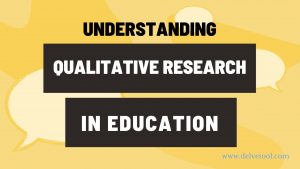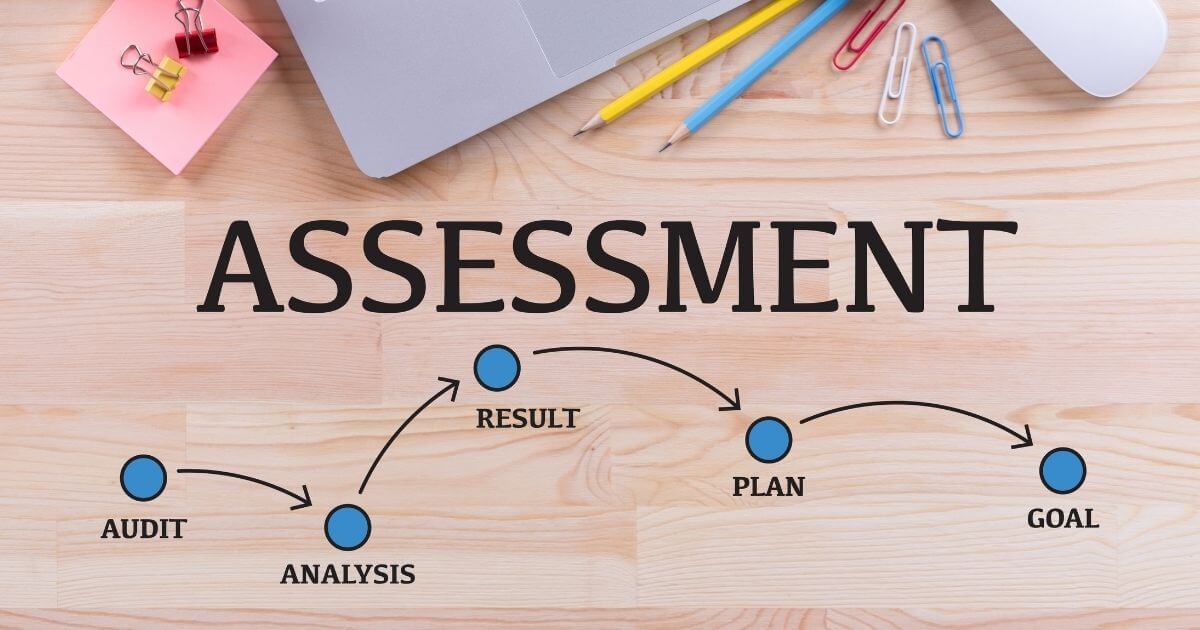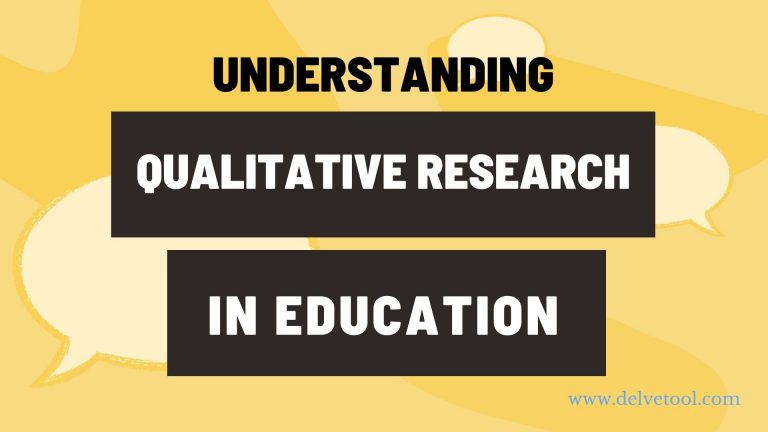Assessment is the process of gathering, analyzing, and interpreting information about student learning. It is a crucial component of any educational system, providing valuable insights into student progress, instructional effectiveness, and curriculum alignment.
Types of Assessment
There are various types of assessment, each serving a specific purpose:
- Formative Assessment:
- Ongoing assessment to monitor student learning and provide timely feedback.
- Used to identify students’ strengths and weaknesses.
- Examples: quizzes, homework assignments, class discussions.
- Summative Assessment:
- Measures student achievement at the end of a unit or course.
- Used to evaluate overall learning and assign grades.
- Examples: exams, projects, and standardized tests.
- Diagnostic Assessment:
- Identifies students’ prior knowledge and skills.
- Used to tailor instruction to individual needs.
- Examples: pre-tests and diagnostic interviews.
- Performance-Based Assessment:
- Assesses students’ ability to apply knowledge and skills in real-world situations.
- Examples: presentations, portfolios, and lab experiments.
The Role of Assessment in the Learning Process
Assessment plays a critical role in the learning process by:
- Providing Feedback: Timely feedback helps students understand their strengths and weaknesses, and make necessary adjustments.
- Motivating Students: Assessment can motivate students to learn and improve their performance.
- Informing Instruction: Assessment data can help teachers identify areas where students may need additional support or challenge.
- Evaluating Curriculum: Assessment can be used to evaluate the effectiveness of curriculum and instruction.
- Accountability: Assessment data can be used to hold schools and teachers accountable for student achievement.
Challenges and Considerations in Assessment
- Standardized Testing: While standardized tests can provide valuable data, they can also narrow the curriculum and put undue pressure on students.
- Bias and Fairness: Assessment instruments should be designed to be fair and unbiased, avoiding cultural and linguistic bias.
- Authentic Assessment: Authentic assessments, such as performance-based tasks, can be more time-consuming to administer and score.
- Technology and Assessment: Technology can be used to create innovative assessment tools, but it also raises concerns about cheating and plagiarism.
By using a variety of assessment methods and considering the individual needs of students, educators can create a more effective and equitable learning environment.
Would you like to delve deeper into a specific aspect of assessment, such as standardized testing, performance-based assessment, or the role of technology in assessment?









+ There are no comments
Add yours